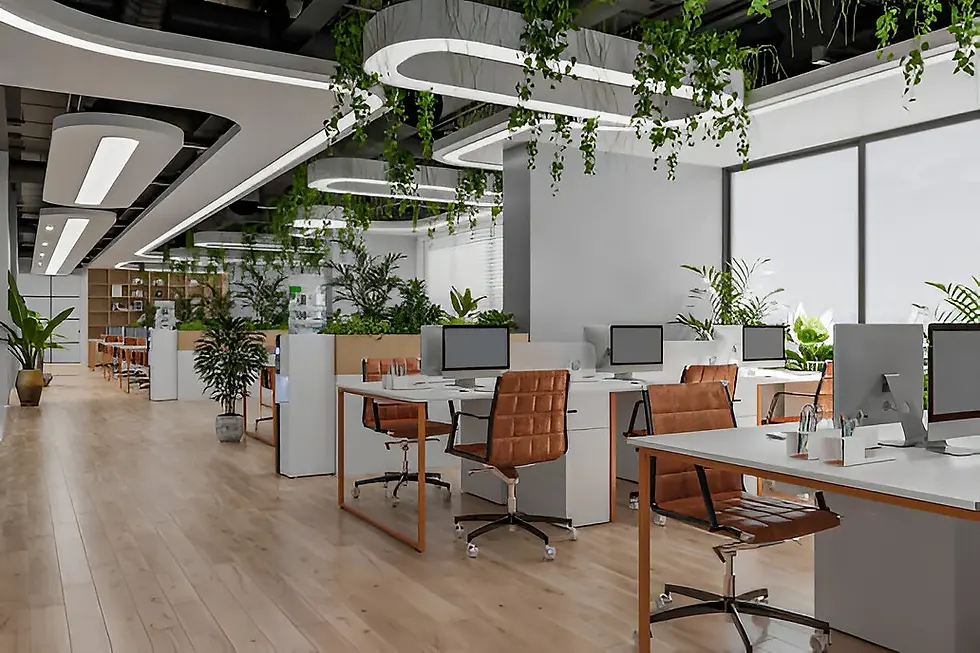Breaking Barriers: How the Disabled are Competing in a World Built for the Able-Bodied?
- Sakshi Srivastava

- May 8
- 2 min read
Updated: Jun 17

Table of Contents:
The Beginning
At 19, just as life was beginning to bloom with the promise of a bright future, I started losing my vision. It was a cruel twist of fate, arriving at the threshold of my academic and professional journey. Yet, armed with determination, I forged ahead—earning a professional degree, gaining job experiences, and even co-founding two startups. But the truth, harsh as it may sound, is that it was never “good enough.”
I don’t mean I lacked skill or drive. Far from it. The limitation was systemic—pervasive, subtle, and demoralizing. My vision loss meant navigating a world that simply wasn’t built for someone like me. The tools, spaces, and systems I encountered in school, at work, and in everyday life were designed with able-bodied individuals in mind. My reality became one of compromise: studying a subject I didn’t love but could manage, working jobs I wanted to excel at but couldn’t fully access, and dreaming bigger than the systems would allow me to act.
Key Takeaways:
My vision loss meant navigating a world that simply wasn’t built for someone like me.
The best adaptations come at a cost: extra time, added effort, and the relentless toll of exhaustion.
The disabled will continue to innovate, persevere, and succeed.
The Work Life
At work, my individual contributions were solid. But the barriers were everywhere. Office layouts were confusing, essential software was inaccessible, and forming meaningful professional connections was an uphill battle. It wasn’t that I didn’t have the capability; I simply lacked the infrastructure and accommodations needed to thrive.
With time, I’ve uncovered creative solutions and out-of-the-box hacks to address many of these challenges. But even the best adaptations come at a cost: extra time, added effort, and the relentless toll of exhaustion. My journey to keep up with the pace of my sighted peers is not without its triumphs, but it is far from equitable.

The Future Ahead
Despite the challenges, I carry hope. I know I’m not alone in this fight. Visionaries, innovators, and advocates are working tirelessly to create accessible technologies and more inclusive environments. With their help, I believe the future holds a level playing field for people with disabilities.
In this future, a blind professional won’t need five times the time to read one email or worry about how to navigate unfamiliar spaces to inspire children in underserved communities. She won’t have to choose between eating and working because the world demands she overcompensate to keep up. She will thrive, not in spite of her disability, but because the world will finally recognize her worth and meet her with the tools to succeed.
Until that day, the disabled will continue to innovate, persevere, and succeed in ways the world can’t yet imagine. Because while the systems may not yet be for us, we will always find ways to rise.




Comments